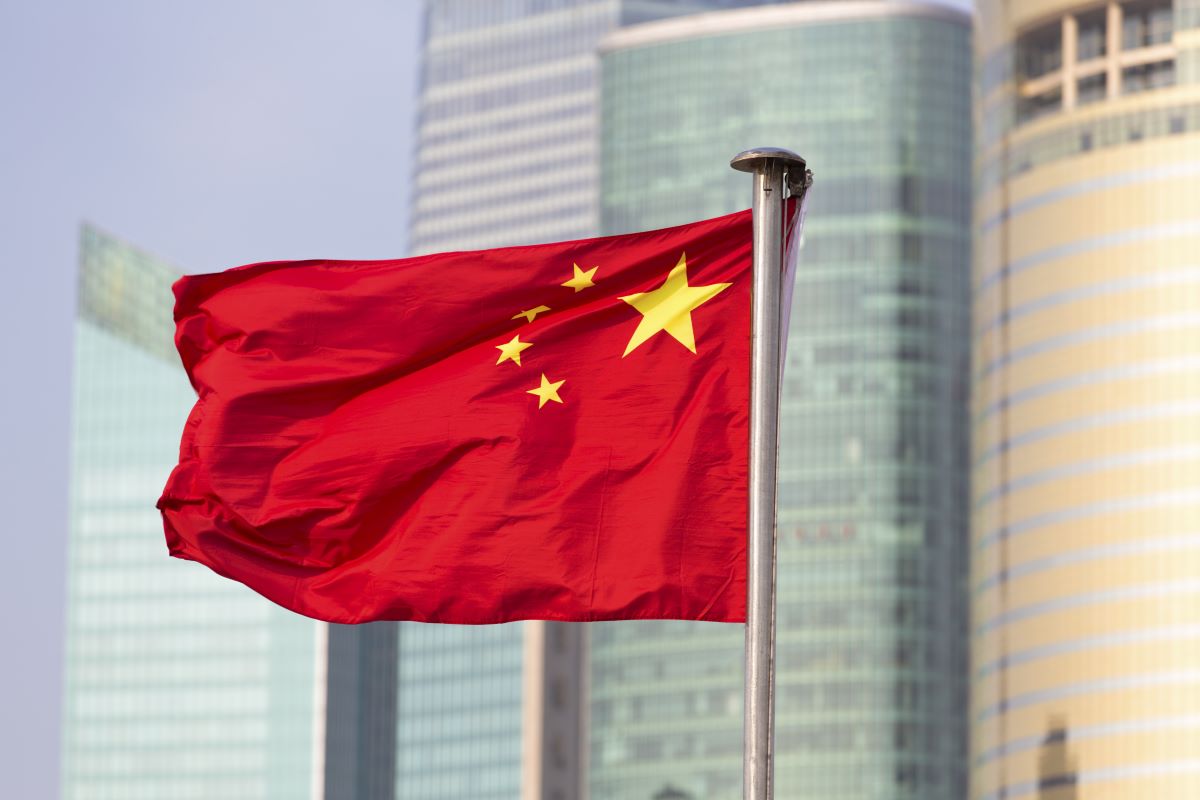China’s GDP growth rate in 2023 was amongst the lowest in over three decades despite narrowly surpassing the government’s target for the year. The National Bureau of Statistics announced today that the nation’s economic growth for the past year reached 5.2%, surpassing the official forecast of 5%.
In the quarter ended December 2023 (Q4), the economy experienced a growth rate of 5.2%, up from 4.9% for the previous period.
A key driver of economic growth in 2023 was the rise in the country’s retail sales of consumer goods, showcasing a 7.2% year-on-year increase last year. This spike was partly attributed by the government to heightened demand for food catering.
Meanwhile, industrial production exhibited a yearly expansion of 4.6% during this period, supported by a gradual recovery in the manufacturing domain. Also, investment in fixed assets recorded a 3% year-on-year increase.
In tandem, the services sector marked an upswing of 5.8% last year, buoyed by increased demand for hotel accommodations and information technology services. Along with this, the national unemployment rate remained stable at 5.2% by the end of 2023.
“These growth figures suggest that continuous stimulus measures are starting to make a positive impact,” said Chaoping Zhu, Shanghai-based Global Market Strategist, at J.P. Morgan Asset Management (JPMAM). “That said, China’s economic recovery is still facing some challenges. The confidence of households and private businesses remains weak, and the activities in the property market have declined. Stronger fiscal stimulus are essential to support growth and market confidence.”
All in all, China’s annual growth last year was an improvement on the 3% figure recorded in 2022. However, excluding the pandemic years from 2020 to 2022, the figure indicates the slowest pace of economic growth since 1990.
China’s GDP growth not aided by large government stimulus measures?
Speaking at the annual World Economic Forum in Davos yesterday, Chinese Premier Li Qiang said that China’s GDP growth rate surpassed official targets without relying on extensive stimulus measures.
“In promoting economic development, we did not resort to massive stimulus…We did not seek short-term growth while accumulating long-term risk,” asserted Li. However, the Chinese government unveiled several initiatives last year. These measures were particularly aimed at providing relief to the country’s beleaguered real estate sector.
Around 500 bn yuan ($70 bn) from a central government bond supported disaster recovery projects, aiding areas affected by floods and earthquakes. Experts believe that these measures alleviated the annual decline in new housing sales, moderating the drop to 6.5% in the past year, compared to the significant 26.7% downturn in 2022.
Additionally, China’s central bank increased liquidity injection through the one-year medium-term lending facility (MLF) loan to financial institutions. The People’s Bank of China (PBOC) also pledged to maintain the rate of 1.45 tn yuan ($203.42 bn) of one-year MLF loans to specific financial institutions at a steady 2.50%, aiming to sustain ample liquidity in the banking system amid short-term challenges.
Furthermore, the Chinese government, recognising challenges like insufficient effective demand and sectoral overcapacity, has already pledged to moderately strengthen fiscal policy in 2024.
“In 2024, central SOEs (state-owned enterprises) will give full play to the ‘three roles’ of technological innovation, industrial control, and safety support, and actively serve the country’s major strategies,” said the government late last year.
Looking ahead, the World Bank expects a slowdown in China’s GDP growth in 2024 to 4.5%. “The (China) outlook is clouded by continued weakness in the real estate sector and persistently tepid global demand in the short term, as well as structural constraints to growth, including high debt levels, population ageing, and slower productivity growth than in the past,” said the financial institution.
From an investment perspective, JPMAM’s Zhu advises investors to be patient and wait for clearer policy signals. “The annual session of National People’s Congress, scheduled to begin on March 5, will likely provide more details about stimulus policies and serve as a catalyst in the stock market,” said Zhu.










 Australia
Australia China
China India
India Indonesia
Indonesia Japan
Japan Malaysia
Malaysia Philippines
Philippines Singapore
Singapore South Korea
South Korea Taiwan
Taiwan Thailand
Thailand Vietnam
Vietnam
 Germany
Germany Hong Kong
Hong Kong USA
USA Switzerland
Switzerland Singapore
Singapore United Kingdom
United Kingdom








